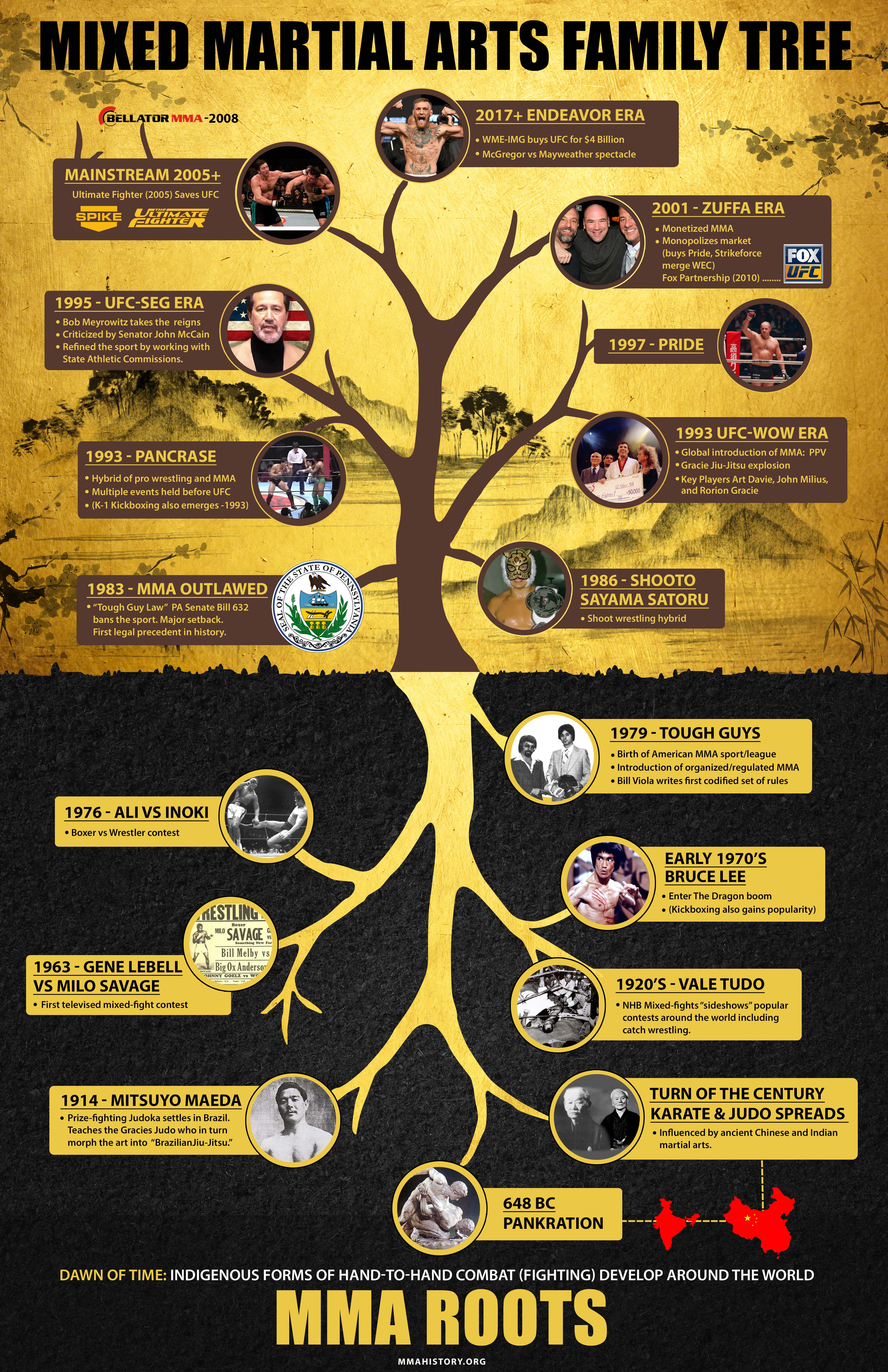Introducing The Selection Of Martial Arts Disciplines: A Guide From Martial Arts To Taekwondo
Introducing The Selection Of Martial Arts Disciplines: A Guide From Martial Arts To Taekwondo
Blog Article
Created By-Magnussen Husum
Are you tired of sensation bewildered by the large globe of fighting styles? With many styles to pick from, it can be easy to obtain shed in a sea of strikes, kicks, and strange names. But worry not!
This conversation will demystify the different martial arts designs, taking you on a journey from the powerful strikes of Martial arts to the dynamic kicks of Taekwondo. Prepare to discover the origins, techniques, and viewpoints behind these ancient art types.
So, tighten your belt and prepare to embark on an enlightening expedition right into the captivating globe of martial arts.
Origins of Martial Arts Styles
The beginnings of fighting styles designs can be traced back to ancient people and their demand for protection and fight methods. Throughout history, different cultures developed their very own unique methods of combating, each with its own collection of techniques and viewpoints.
In China, for example, martial arts styles such as Martial art and Tai Chi were created as a means of self-defense and improving physical and psychological health.
In Japan, the samurai warriors created designs like Karate and Judo, focusing on discipline, accuracy, and mastery of the body.
Similarly, in Korea, Taekwondo became a fighting style emphasizing high kicks, fast movements, and psychological fortitude.
These very early worlds laid the structure for the varied array of fighting styles designs that exist today, each with its very own rich background and social significance.
Strategies and Educating Methods
To understand martial arts designs, professionals should learn various methods and training methods.
Techniques are the particular movements and activities made use of in combat, such as strikes, kicks, tosses, and obstructs. read this post here have their very own unique collection of methods that specialists need to understand via rigorous training.
Training techniques vary relying on the style, but they usually entail a combination of physical fitness, drills, competing, and kinds.
Physical conditioning is important to construct stamina, adaptability, and endurance. Drills aid experts fine-tune their techniques and improve their speed and accuracy.
Competing allows specialists to practice their strategies in a regulated, realistic environment. https://patch.com/illinois/palatine/self-defense-class-teaches-women-safety-how-protect-themselves , also referred to as kata, are prearranged series of movements that aid specialists develop muscular tissue memory and emphasis.
Approaches and Principles
Discovering the philosophies and principles of martial arts designs can provide you with a deeper understanding of your chosen discipline. Each martial art has its very own distinct approach and set of leading concepts that shape the method it's practiced.
For instance, Karate stresses discipline, respect, and self-constraint. It shows practitioners to concentrate their minds and bodies, enabling them to defend themselves while preserving a feeling of internal tranquility.
On the other hand, Taekwondo puts a strong emphasis on rate, dexterity, and adaptability. Its concepts are rooted in the tenets of politeness, honesty, perseverance, self-control, and indomitable spirit.
Verdict
Since you've explored the beginnings, methods, and ideologies of different fighting styles designs, you have a much deeper understanding of these old disciplines.
Think of a young karate pupil, experimenting steady resolution and focus, breaking through boards with a powerful punch.
Their trip showcases the dedication and strength required to grasp a martial art, advising us that with technique and determination, anything is possible.
